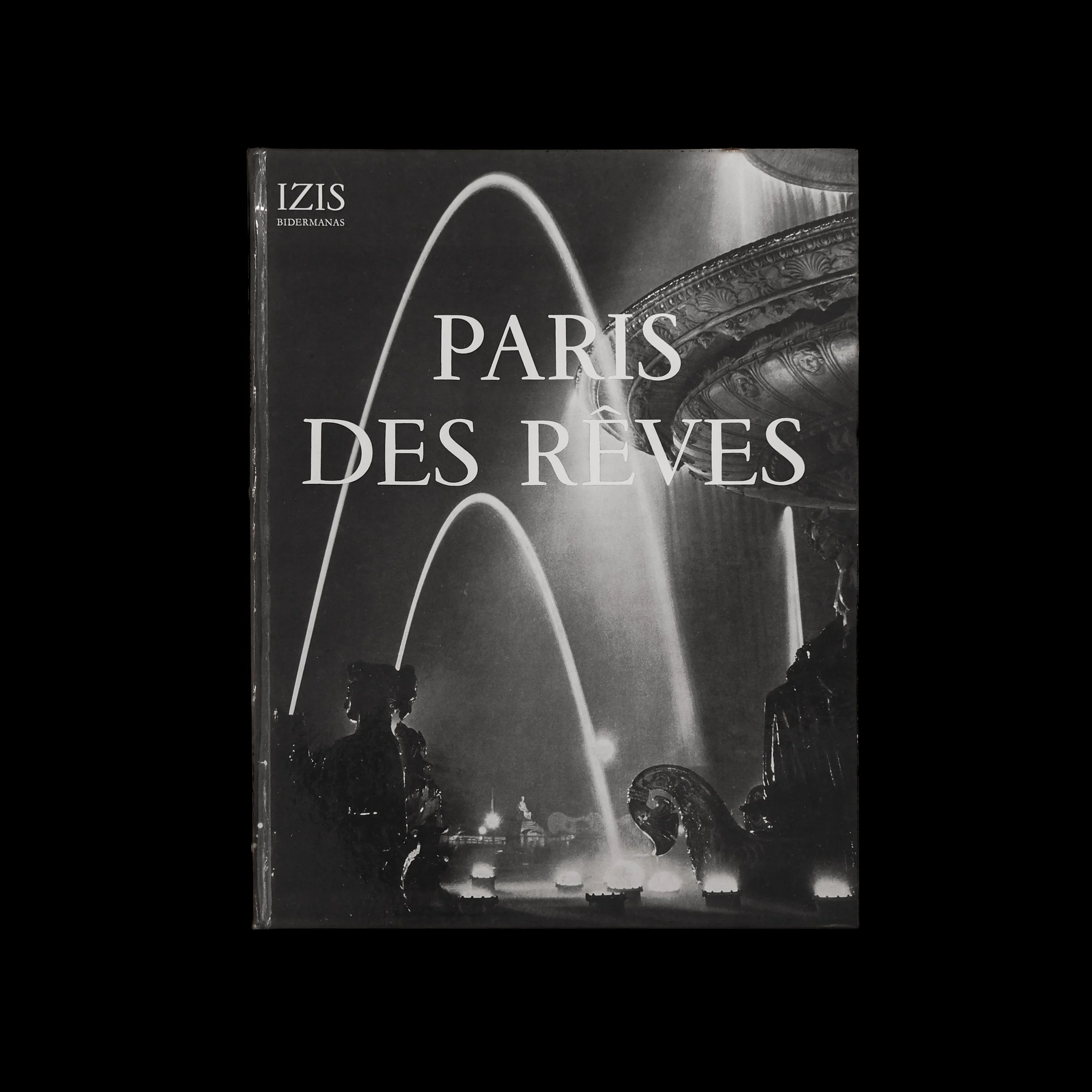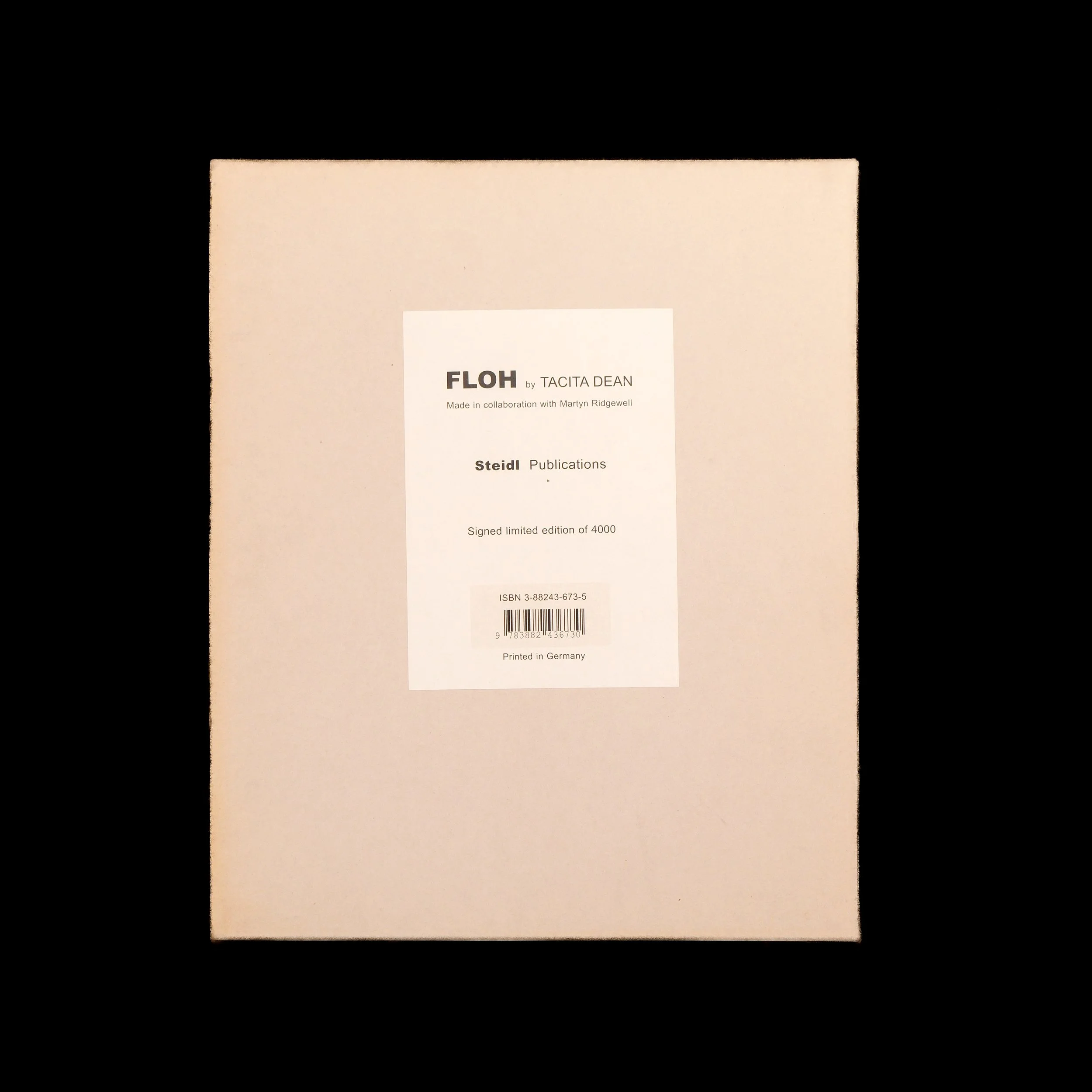 Image 1 of 1
Image 1 of 1


SELF PORTRAIT - Lee Friedlander
Friedlander's self-portraits draw attention to the complex, fractured and sometimes concealing interplay between various screens, shadows, reflections, lenses and the surfaces of the photographs themselves. In presenting this body of work, Friedlander wrote: "I might call myself an intruder." In Andrew Roth's Book of 101 Books, Vince Aletti states, "Friedlander does seem to hide or intrude in his own photographs, like an ordinary man floating in the air, disembodied, both present and absent. Like the ephemeral figures in nineteenth-century spiritualist photographs, he appears as a shadow, a reflection, a pair of shoes, a barely discernible silhouette. Although there are a number of shots in which Friedlander's head is clearly visible in a mirror or appears unmediated in the frame, none is conventional or in any way a flattering self-portrait... Most of the time, however, he seems determined to withdraw from the frame, not to become the subject of the photograph, but merely an incidental element of the photographic phenomenon, no more important than a ray of sunlight, a shop window or a passing shadow."
Published by Haywire Press, 1970
88 pages
22 × 23cm
Friedlander's self-portraits draw attention to the complex, fractured and sometimes concealing interplay between various screens, shadows, reflections, lenses and the surfaces of the photographs themselves. In presenting this body of work, Friedlander wrote: "I might call myself an intruder." In Andrew Roth's Book of 101 Books, Vince Aletti states, "Friedlander does seem to hide or intrude in his own photographs, like an ordinary man floating in the air, disembodied, both present and absent. Like the ephemeral figures in nineteenth-century spiritualist photographs, he appears as a shadow, a reflection, a pair of shoes, a barely discernible silhouette. Although there are a number of shots in which Friedlander's head is clearly visible in a mirror or appears unmediated in the frame, none is conventional or in any way a flattering self-portrait... Most of the time, however, he seems determined to withdraw from the frame, not to become the subject of the photograph, but merely an incidental element of the photographic phenomenon, no more important than a ray of sunlight, a shop window or a passing shadow."
Published by Haywire Press, 1970
88 pages
22 × 23cm





